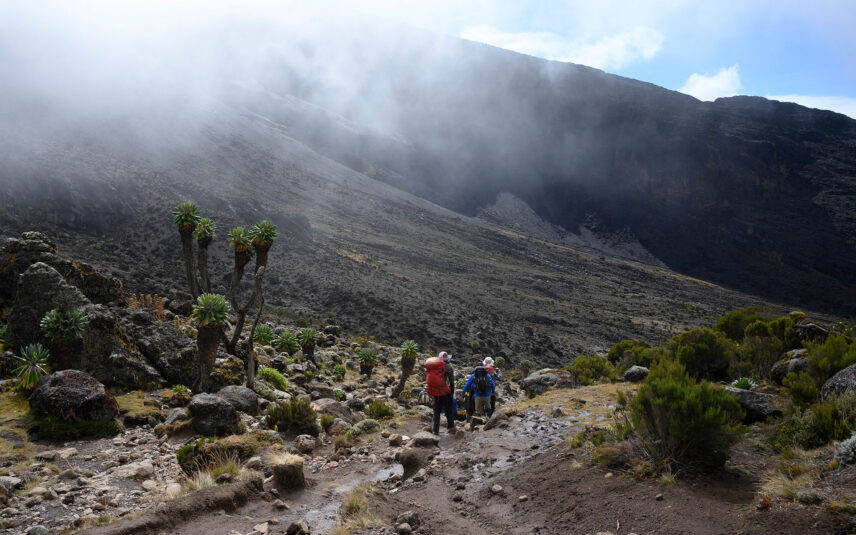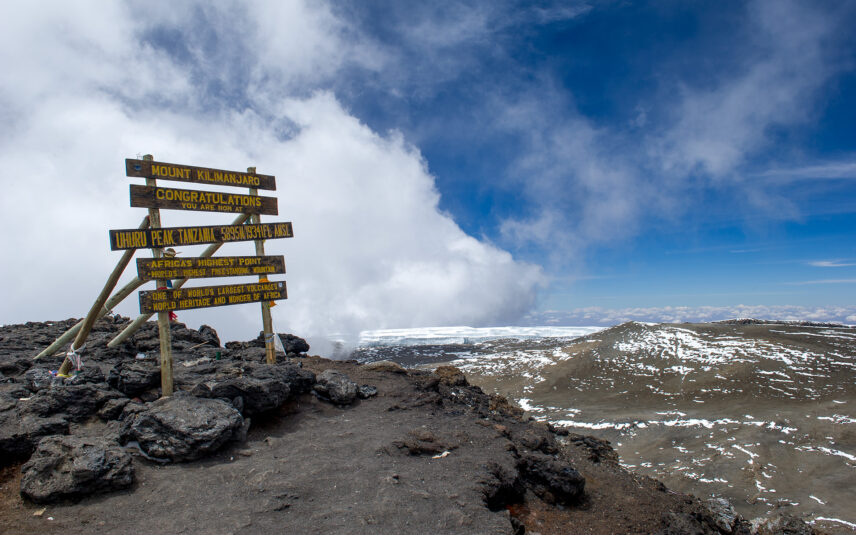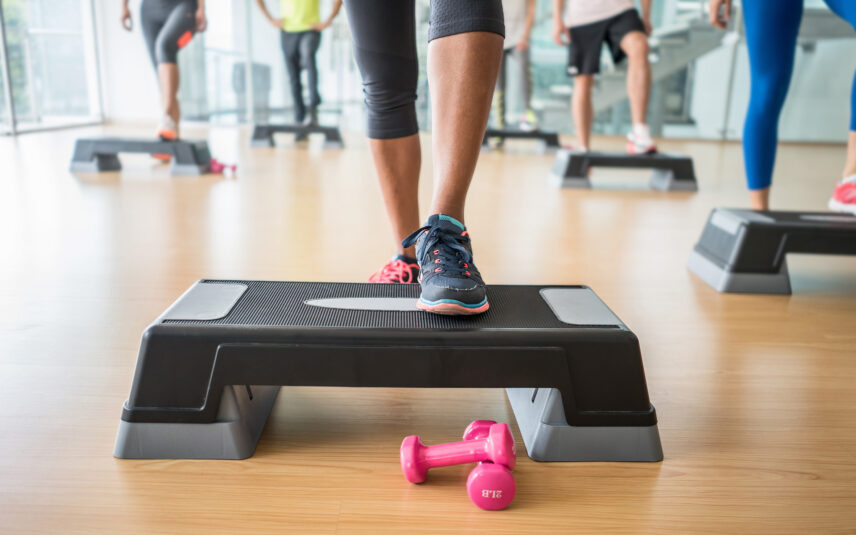Train for the Top
Training for Kilimanjaro will give you the best chance of reaching Uhuru Peak. While you cannot train for altitude, going into your trek physically and mentally prepared will go a long way. We recommend you start aerobic and strength training 60 to 90 days before your departure, tapering all training two weeks before departure in order to focus on low-intensity workouts and stretching.
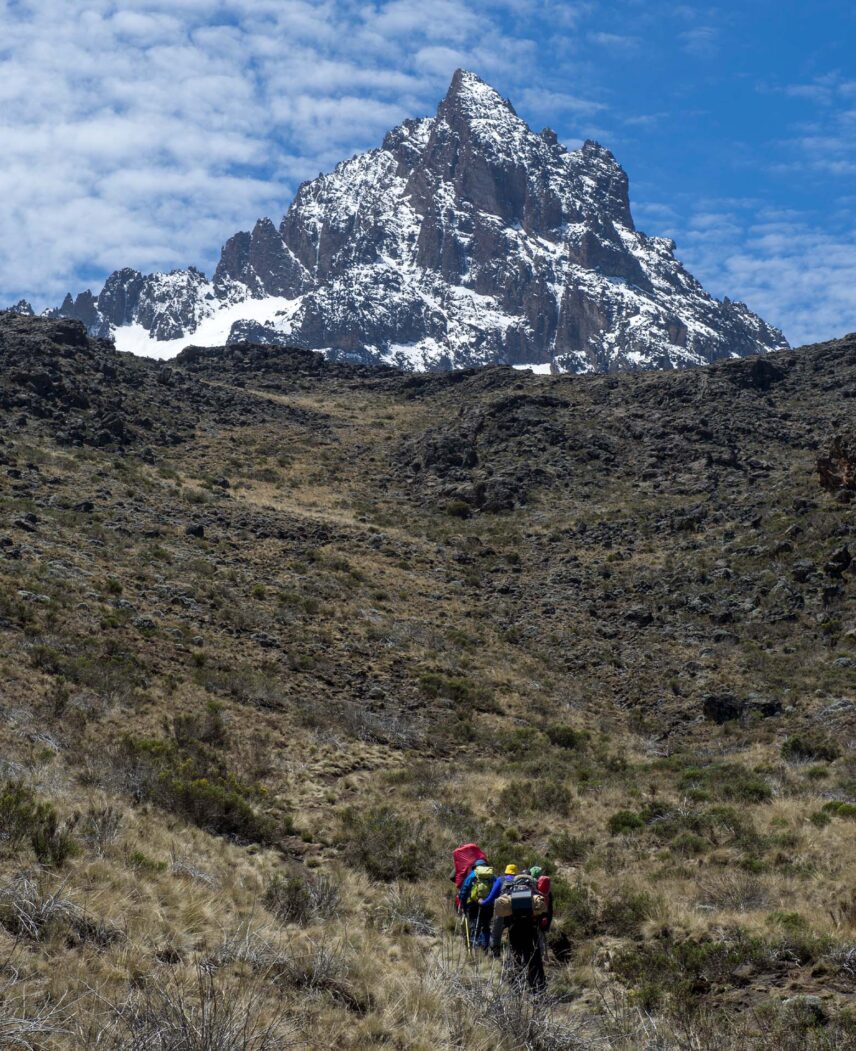

Aerobic Training
Start your Kilimanjaro aerobic training with 40 to 60 minute sessions, four to five days a week. If needed, gradually work your way up to this level of activity. To reduce the chance of injury, stretch for 15 to 20 minutes after every workout. Outdoor hiking is the most effective form of aerobic training, so carry your packed daypack and wear hiking boots while you train. While hiking is ideal, any type of aerobic activity will help you build the endurance needed to succeed on Kilimanjaro.
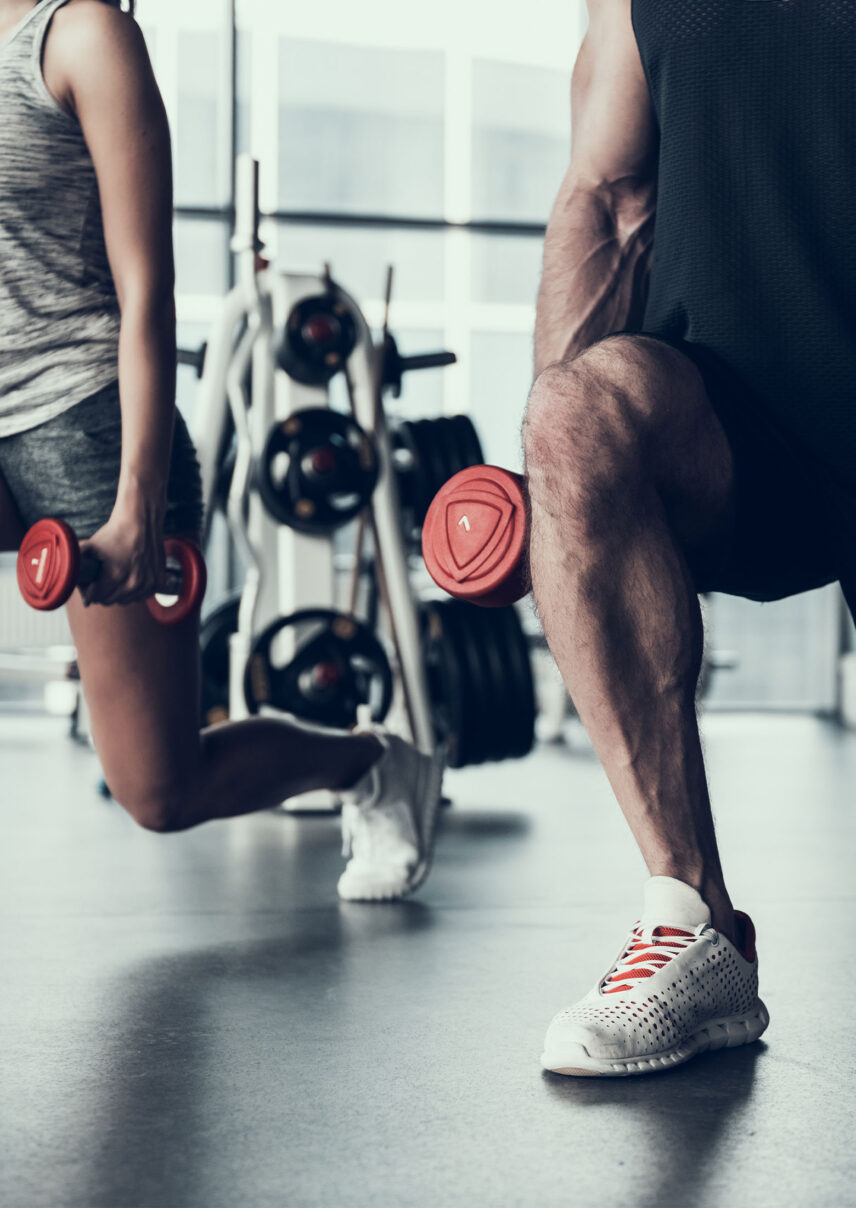
Strength Training
For strength training, aim for 15 to 40 minute sessions, two to three days a week. To ensure proper form and technique, we highly recommend turning to professional instruction. Use low weights with high repetitions—if you can’t perform 10 to 20 reps for three sets, the weight is too heavy. Focus on strengthening the muscles you’ll use on the trail, particularly your legs and glutes. Two weeks before departure, reduce the weight to 25% of what you typically use, and stop all weight training one week before your trek.
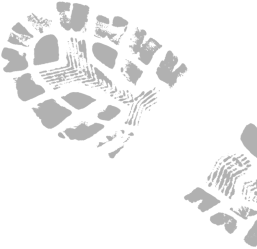
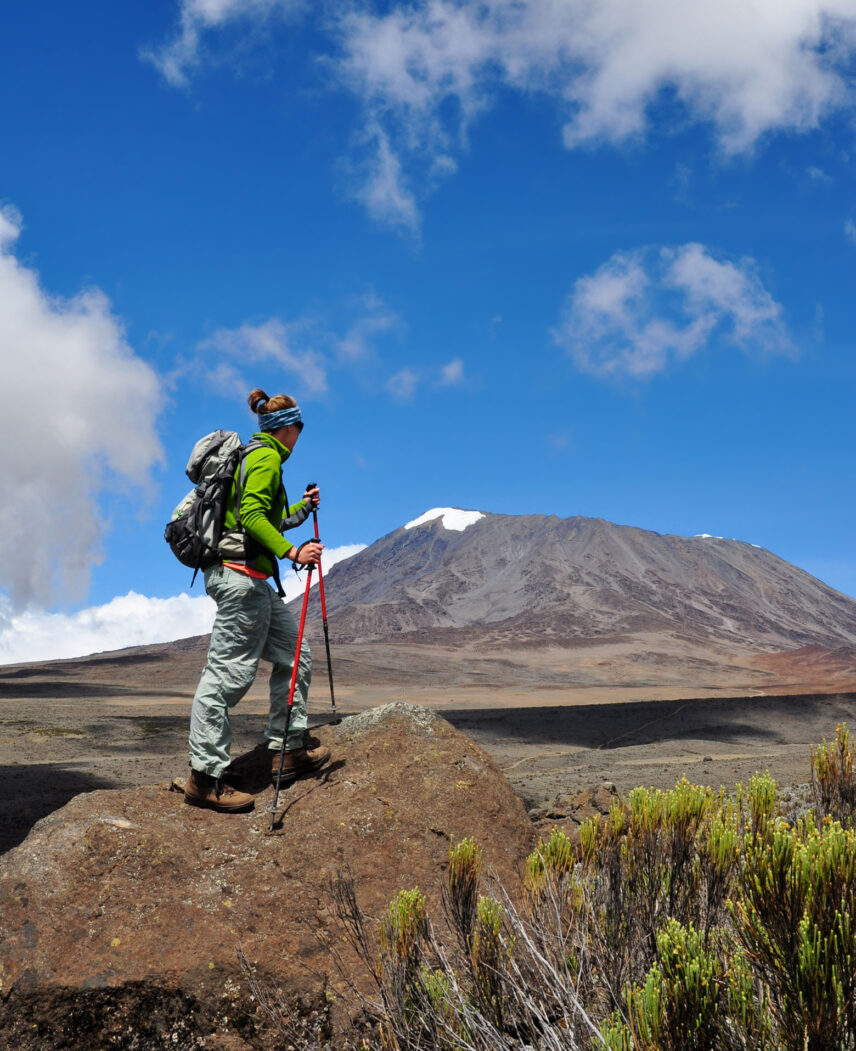
Mental Preparation
Attitude is (almost) everything. Prepare yourself mentally by visualizing success, understanding what the trek entails, and setting realistic expectations—setbacks may occur, but it’s how you bounce back from them that matters. Training outdoors and camping overnight will help you adjust to mountain conditions and get you in the right frame of mind. Two weeks before your departure, shift your focus to rest and healthy eating to ensure you’re fully prepared for the climb.
Get a Personalized Training Regimen
We’ve partnered with the experts at Fit For Trips to ensure you’re physically prepared for your Kilimanjaro climb.
Thomson trekkers receive 10% off Fit for Trips personal training workouts.
A personal fitness expert will work with you to create a route-specific, personal training regimen custom-designed for your fitness level.
Training Tips
-
Hike whenever possible
Time on the trail is the best training. If you do not have access to trails, incorporate stairs, and step-ups, along with a regular balance training routine. -
Train on varied terrain
The trek takes you through multiple climate zones and a wide range of trail conditions. Expect to navigate everything from mud, roots, rocks, ash, snow, and loose gravel as you climb and descend. -
Consider working with a personal trainer
Working with a trained professional is the best way to physically prepare, as you can develop a program tailored to your strengths and weaknesses, and learn the proper form to avoid injury and to maximize workouts.
-
You can not train for altitude
Training at high altitude is not needed or recommended. There is no target distance, no magical heart rate, indeed, no definitive factor to indicate how your body will perform at high altitude. -
Use your gear
Train in the boots and daypack you’ll wear on the mountain to break them in. Many trekkers train with a weighted backpack of 10-30lbs. Practice using trekking poles. -
Don’t forget to train for the downhill
Descending Kilimanjaro can be just as challenging as going up. It puts extra strain on your knees, quads, and calves. Incorporate downhill hiking, step-downs, stairs (particularly the descent), and eccentric leg exercises into your training to build control, improve stability, and reduce the risk of injury.
